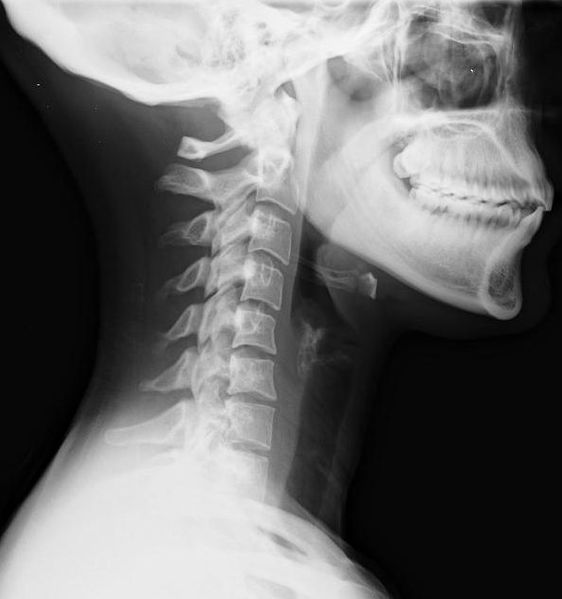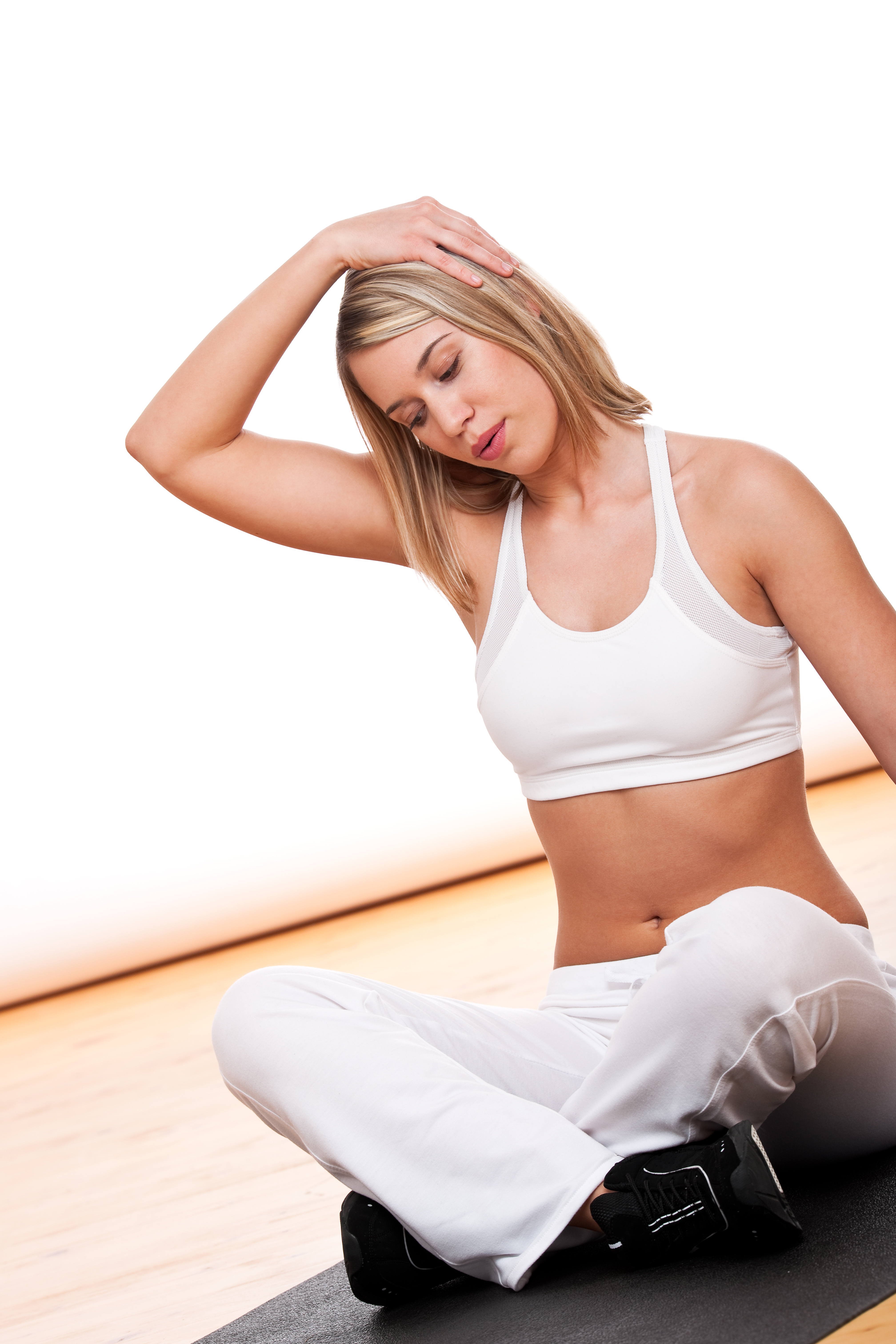 While some fitness enthusiasts relentlessly seek out the latest, trendiest exercise crazes, others are returning to good, old fashioned walking to help them feel great and get into shape. Whether enjoying the wonder of nature or simply the company of a friend, walking can be a healthy, invigorating experience. Thanks to its convenience and simplicity, walking just might be right for you, too. And except for a good pair of walking shoes, it requires virtually no equipment. Research shows a sedentary lifestyle has a debilitating effect on our health as we age, therefore exercise is imperative. Walking accomplishes all of the following and more:
While some fitness enthusiasts relentlessly seek out the latest, trendiest exercise crazes, others are returning to good, old fashioned walking to help them feel great and get into shape. Whether enjoying the wonder of nature or simply the company of a friend, walking can be a healthy, invigorating experience. Thanks to its convenience and simplicity, walking just might be right for you, too. And except for a good pair of walking shoes, it requires virtually no equipment. Research shows a sedentary lifestyle has a debilitating effect on our health as we age, therefore exercise is imperative. Walking accomplishes all of the following and more:
• Improves cardiovascular endurance
• Tones muscles of the lower body
• Burns calories: about 80 if walking 2 miles per hour and about 107 if walking 4.5 miles per hour
• Reduces risk of heart disease Selecting Shoes
Too many people choose fashion over function when purchasing running shoes, not realizing that ill-fitting shoes can do more than hurt their stride; they can also lead to pain throughout the body.
• Make sure the shoes you purchase fit properly. The balls of your feet should rest exactly at the point where the toe end of the shoe bends during walking.
• Select shoes with plenty of cushioning in the soles to absorb impact.
• Shop for sneakers at the end of the day or after a workout when your feet are generally at their largest.
• Wear the type of socks you usually wear during exercise. When trying on shoes, be sure to wear them for at least 10 minutes at the store.
Once you have purchased a pair of shoes, don’t walk them into the ground. While estimates vary as to when the best time to replace old shoes is, most experts agree that between 300 and 500 miles is optimal.
Getting Started
Walking just 12 minutes every other day can offer important health benefits. But in order to increase your longevity, try to work up to 30 minutes, five days per week. Experts generally agree that to be considered “active,” adults should try to take 10,000 steps each day. Wearing a pedometer or an activity tracker is an easy way to track your progress. The following tips can help you get started on your walking regimen:
• Move your arms freely, in coordination with the opposite leg.
• Don’t stoop your head or look down as you walk. This will challenge the normal forward curve of your neck, which, in turn, will cause you to carry your weight improperly.
• Don’t carry weights or dumbbells while walking. They’re better used as a separate part of your exercise regime.
• Expect a little soreness in the thighs and calves for the first week or two. If you experience more than soreness, consult your doctor of chiropractic.
• Walk briskly, with “purpose.” Simply sauntering, while relaxing, is not an effective form of cardiovascular exercise.
• Stay hydrated. You should drink half of your body weight in ounces of water daily.
• Avoid caffeinated drinks, including energy drinks,prior to and during your walk. They can cause dehydration and a racing heartbeat.
Walking Surfaces
Some walking surfaces are better than others on your musculoskeletal system.
• Walking on a cushioned or rubberized track is ideal because the cushioning of this type of track absorbs most of the impact of your walking. Many recreation centers offer this type of track free of charge.
• Grass is another good surface, but watch out for hidden dips or holes in the ground.
• Walking on a surface with no give, such as concrete or a mall floor, is not your best choice, because this type of surface will not absorb much of the impact your body will experience.
If you do choose to walk on such a surface, be extra careful to select highly
• cushioned shoes.
• Alternate the days that you walk at a slant. For example, Monday, Wednesday and Friday, walk on the slanted terrain. On Tuesday and Thursday, switch to flat terrain. This keeps your spine symmetrical.
• Be mindful of oncoming traffic.
Pain and Injury
While you may experience pain or injury in a particular area (such as a knee or a hip), the root of the problem may lie elsewhere. A problem in the foot or ankle can create an imbalance in every step, leading to discomfort or injury that moves to the knees, hips, low back or other regions of the body. If you suffer from pain beyond typical muscle soreness, your doctor of chiropractic can diagnose and treat your pain or injury and get you back on track. Your Ken Caryl chiropractor can also customize a wellness program that is right for you and has the expertise to help keep you feeling and functioning your best. Be sure to consult your doctor before beginning any exercise program.
This article is courtesy of the ACA.
About Discover Health & Wellness – Ken Caryl – Littleton
Dr. Dale Zagiba of Discover Health & Wellness Ken Caryl is located just off West Chatfield Avenue and Shaffer Parkway and serves the communities of Littleton and Ken Caryl. Discover Health & Wellness offers patients a natural and holistic approach to health improvement and pain reduction. Services at Discover Health & Wellness include chiropractic care, spinal correction, corrective exercises, lifestyle advice, nutritional counseling, massage therapy, allergy treatment and spinal and postural screenings.
Visit http://discoverhealthandwellness.com/ for more information on hours, services and location.
Discover Health & Wellness, Ken Caryl – Littleton
8081 Shaffer Pkwy, Ste B3
Littleton, CO 80127
(303) 955-0570




